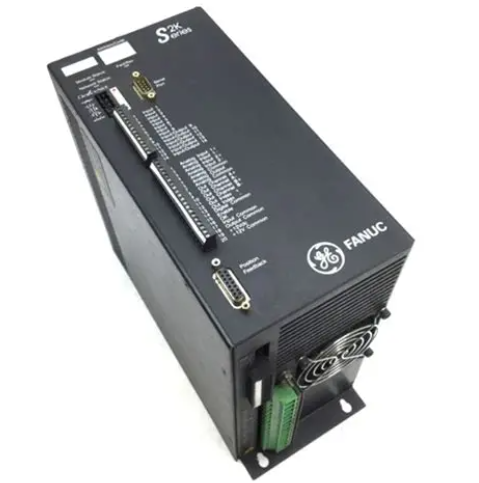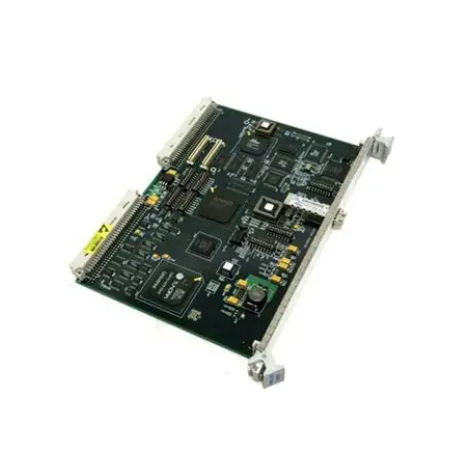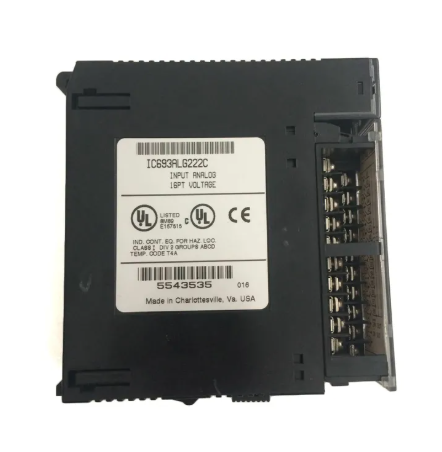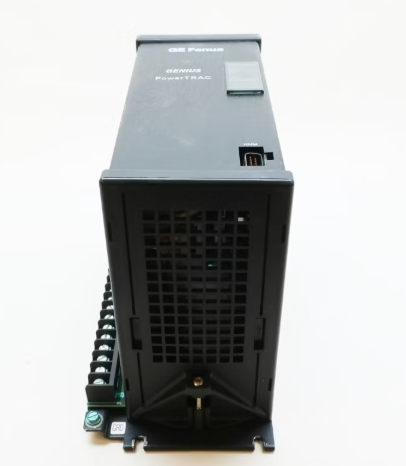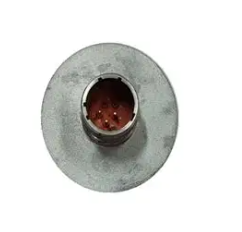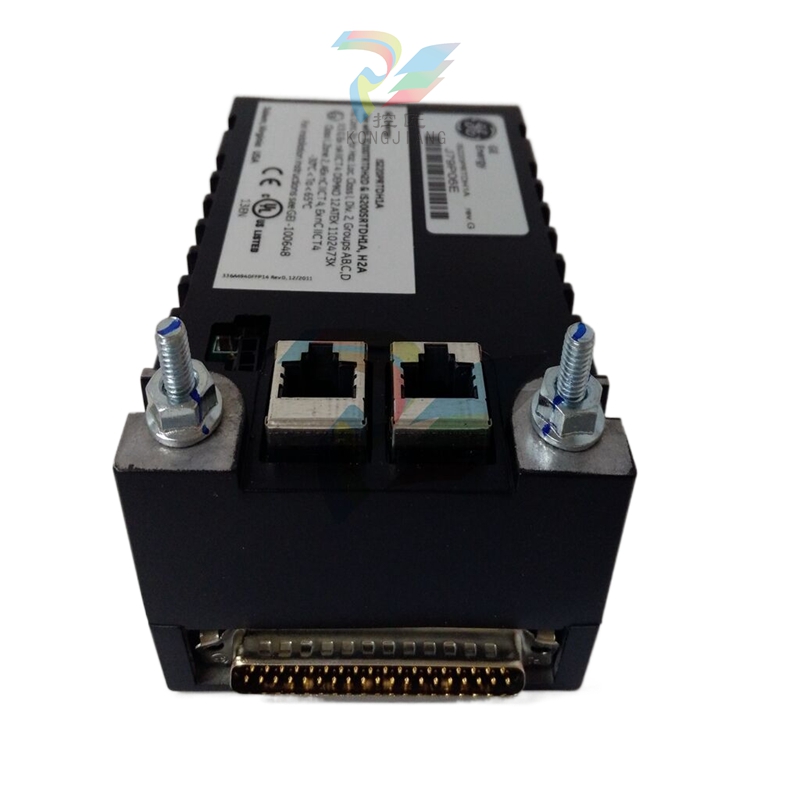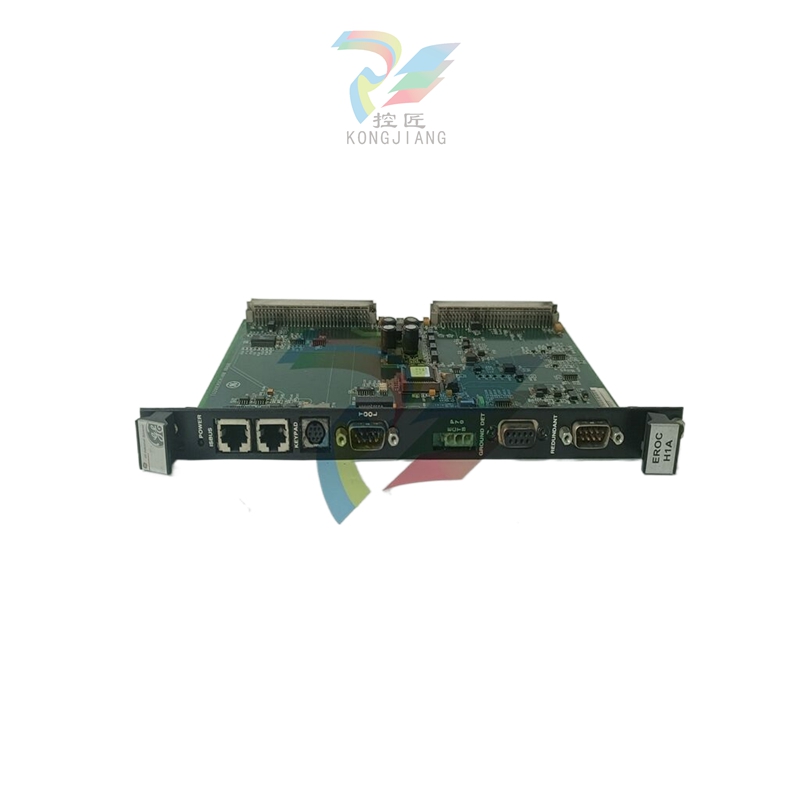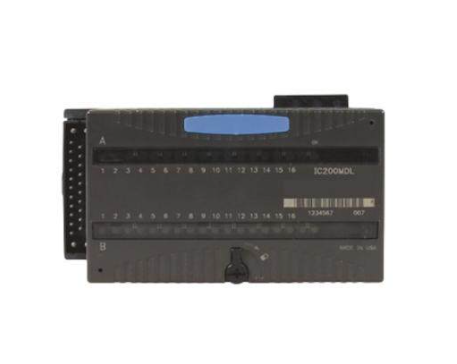Power generation + pumped power generation
Demand analysis of current situation and innovative development of hydropower
Innovative development situation
The global energy transformation is accelerating, the proportion of new energy sources such as wind power and photovoltaic power generation is rapidly increasing, and the planning, construction, safe operation and economic dispatch of traditional power systems are facing new challenges and problems. From 2010 to 2021, the global wind power installed capacity has maintained rapid growth, with an average growth rate of 15%; China is growing at an average rate of 25% a year; The growth rate of global photovoltaic power generation in the past 10 years has reached 31%. The power system with a high proportion of new energy is faced with major problems such as difficulty in balancing supply and demand, increased difficulty in system operation control and increased stability risk caused by the reduction of moment of inertia, a substantial increase in demand for peak load capacity and a rise in system operation costs, and it is urgent to work together from the power supply, grid and load side to promote the solution of these problems. Hydropower is an important regulating power supply, with large moment of inertia, fast response speed, flexible operation mode and other characteristics, in solving these new challenges and problems has a natural advantage.

The level of electrification continues to improve, and the requirements for safe and reliable power supply in economic and social operations continue to increase. Over the past 50 years, the level of global electrification has continued to improve, the proportion of electricity in terminal energy use has gradually increased, and the terminal electric energy substitution represented by electric vehicles has accelerated. Modern economy and society are increasingly dependent on electric power, and electric power has become the basic means of production for economic and social operation. Safe and reliable power supply is an important guarantee for modern people's production and life. Large-scale power outage not only brings huge economic losses, but also may bring serious social chaos, power security has become the core content of energy security and even national security. The external service of the new power system requires the continuous improvement of the reliability of the safe power supply, while the internal development faces the continuous increase of the risk factors that seriously threaten the power safety.
New technologies continue to emerge and be applied in the power system, and the degree of intelligence and complexity of the power system are significantly improved. Power electronic devices are widely used in all aspects of power transmission and distribution, resulting in significant changes in the load characteristics and system characteristics of power system, leading to profound changes in the operating mechanism of power system. Information communication, control and intelligent technologies are widely used in all aspects of power system production and management, and the intelligence level of power system has been significantly improved, which can adapt to large-scale online analysis and decision support analysis. Distributed generation is connected to the user side of the distribution network on a large scale, and the power flow direction of the grid has changed from unidirectional to bidirectional or even multi-directional. Various types of smart electrical equipment emerge in an endless stream, smart meters are widely used, the number of power system access terminals is growing exponentially, and information security has become an important source of risk for power systems.
The reform and development of electric power is getting better, and the policy environment such as electricity price is gradually improving. With the rapid development of China's economy and society, the power industry has experienced a huge leap from small to large, from weak to strong, from following to leading. In the system, from the government to the enterprise to run electricity, from one plant network to separate the plant network, moderate competition, from the plan gradually to the market, and walked out of a road suitable for China's national conditions of power development. China's capacity and level of power technology and equipment manufacturing and construction are among the world's best, and the indicators of universal power service and power business environment are gradually improving. China has built and operated the world's largest and most technologically advanced power system. China's electricity market has made steady progress, and the construction path of a unified electricity market from local to regional to national is clear, adhering to the Chinese line of seeking truth from facts. Policy mechanisms such as electricity price have gradually been straightened out, and an electricity price mechanism suitable for the development of pumped storage has been initially established, providing a policy environment for the realization of the economic value of the innovative development of hydropower.
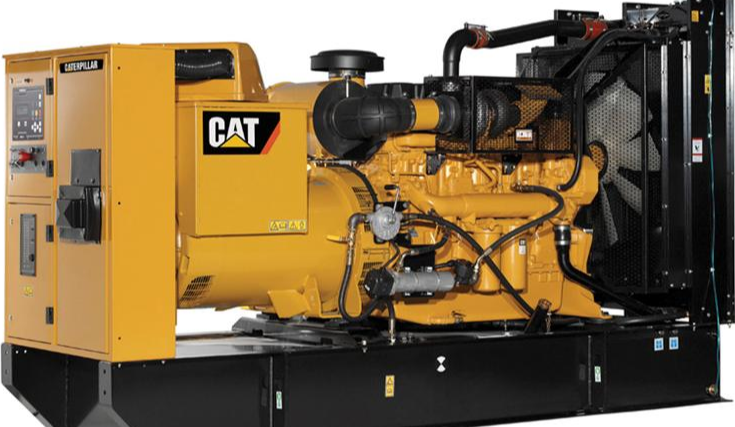
The boundary conditions of hydropower planning, design and operation have changed significantly. The core task of traditional hydropower station planning and design is to select the technically feasible and economically reasonable scale and operation mode of the power station, which is usually considered under the premise of the optimal objective of comprehensive utilization of water resources. It is necessary to comprehensively consider the requirements of flood control, irrigation, shipping and water supply, and carry out comprehensive economic, social and environmental benefit comparison and selection. Under the background of continuous technological breakthroughs and the continuous increase of the proportion of wind power and photovoltaic, the power system objectively needs to make full use of hydraulic resources, enrich the operation mode of hydropower stations, and play greater adjustment functions such as peak regulation, frequency regulation and phase regulation, and many previously unfeasible goals in technology, equipment and construction have become economically and technologically feasible. The original unidirectional model of water-storage and water-release power generation can no longer meet the requirements of the new power system, so it is necessary to combine the model of pumped storage power station to greatly improve the regulating capacity of hydropower station. At the same time, in view of the limitations of short time scale regulation power sources such as pumped storage power stations in promoting the consumption of new energy sources such as wind power and photovoltaic power generation, and it is difficult to undertake the task of safe supply, it is objectively necessary to increase the storage capacity of reservoirs to improve the regulation time cycle of conventional hydropower, so as to make up for the gap in system regulation capacity caused by the withdrawal of coal power.
Demand for innovative development
It is urgent to accelerate the development of hydropower resources, increase the proportion of hydropower in the new power system, and play a greater role. In the context of the "double carbon" goal, the total installed capacity of wind power and photovoltaic power generation will reach more than 1.2 billion kilowatts in 2030; It is expected to reach 5 billion to 6 billion kilowatts by 2060. In the future, the new power system has a huge demand for regulating resources, and hydropower is the best regulating power source. China's hydropower technology can be developed installed capacity of 687 million kilowatts, by the end of 2021, has developed 391 million kilowatts, the development rate of about 57%, far lower than the 90% development rate of some developed countries in Europe and the United States. Considering the long development cycle of hydropower projects (usually 5 to 10 years), while the development cycle of wind power and photovoltaic power generation projects is relatively short (usually 0.5 to 1 year, or even shorter) and the rapid development, it is urgent to speed up the development progress of hydropower projects, build as soon as possible and play a role as soon as possible.
It is urgent to change the development mode of hydropower generation to meet the new requirements of new power system peak regulation. Under the constraint of "dual carbon" target, the future power supply structure determines the huge requirements brought by the operation of the power system for peak load balancing, and this is not a problem that can be solved by the scheduling combination and market forces, but a basic technical feasibility problem. Only on the premise of technical feasibility, through market guidance, scheduling and operation control, the economic security and stable operation of the power system can be realized. For the traditional hydropower station in operation, it is urgent to systematically optimize the utilization of existing storage capacity and facilities, appropriately increase the renovation investment when necessary, and do everything possible to improve the regulation capacity. For the newly planned and constructed conventional hydropower stations, it is urgent to consider the major boundary condition changes brought about by the new power system, and plan and build flexible and adjustable hydropower stations with long and short time scales according to local conditions. As for pumped storage power, the construction should be accelerated under the condition that the adjustment capacity of short time scale is seriously insufficient. In the long run, we should consider the demand of the system for short time scale peak load capacity, and formulate its development plan scientifically. For the water-transfer pumped storage power station, it should be combined with the cross-regional water transfer needs of national water resources, not only as a cross-basin water transfer project, but also as a power system regulation resource for comprehensive utilization, and if necessary, it can also be combined with seawater desalination project overall planning and design.
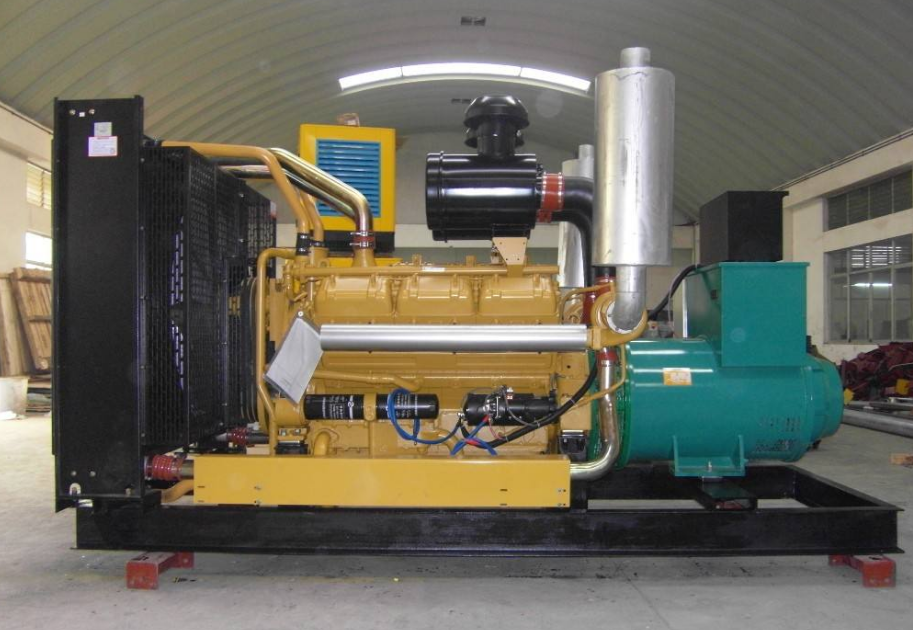
It is urgent to promote hydropower generation to create greater economic and social value while ensuring the safe operation of the new power system. Based on the constraints of the development goal of carbon peaking and carbon neutrality in the power system, new energy sources will gradually become the main force in the power supply structure of the power system in the future, and the proportion of high-carbon power sources such as coal power will gradually decrease. According to data from a number of research institutions, under the scenario of large-scale withdrawal of coal power, by 2060, China's wind power and photovoltaic power generation capacity will account for about 70%; The total installed hydropower capacity considering pumped storage is about 800 million kilowatts, accounting for about 10%. In the future power supply structure, hydropower is a relatively reliable and flexible and adjustable power supply, which is the cornerstone power supply to ensure the safe, stable and economic operation of the new power system, and it is urgent to change from the current "power generation is mainly and regulation is auxiliary" to the development and operation mode of "regulation is mainly and power generation is auxiliary". Accordingly, the economic benefits of hydropower enterprises should get due benefits under the background of greater value, and the income of hydropower enterprises should also increase significantly the income of providing adjustment services for the system on the basis of the original power generation income.
It is urgent to carry out the innovation of technical standards and policy system of hydropower generation to ensure the efficient and sustainable development of hydropower generation. In the future, the new power system objectively requires that the innovative development of hydropower generation must be accelerated, and the existing relevant technical standards and policy systems also need to be corresponding to the innovative development in order to promote the efficient development of hydropower generation. In terms of standards and specifications, it is urgent to optimize the standards and specifications of planning, design, operation and maintenance based on the pilot demonstration and verification based on the technical requirements of the new power system for conventional hydropower stations, pumped storage power stations, hybrid power stations, and water transfer pumped storage power stations (including pumping stations), so as to ensure the orderly and efficient innovative development of hydropower generation. In terms of policies and systems, it is urgent to study and formulate incentive policies to guide, support and encourage the innovation and development of hydropower generation, and it is also urgent to make system designs such as market and electricity price for the conversion of new value of hydropower generation into economic benefits, and encourage enterprises to actively carry out innovation and development technology investment, pilot demonstration and large-scale development.
Innovative development path and prospect of hydropower generation
The innovative development of hydropower generation is an urgent need to build a new type of power system, and it is necessary to adhere to the principle of local conditions and comprehensive policies, and adopt different technical solutions for different types of hydropower projects that have been built and planned. It should not only take into account the functional needs of power generation and peak regulation, frequency regulation and phase regulation, but also take into account the comprehensive utilization of water resources and the construction of adjustable power loads. Finally, the optimal scheme is determined by comprehensive benefit evaluation. By improving the regulation capacity of conventional hydropower and building a comprehensive group of cross-basin water transfer pumped storage power stations (pumping stations), it has significant economic benefits compared with new pumped storage power stations. Overall, there are no insurmountable technical obstacles to the innovation and development of hydropower generation, and the development space is huge, and the economic and environmental benefits are outstanding, which deserves great attention and accelerated large-scale development on the basis of pilot practice.
"Power generation + pumping" mode refers to the use of existing hydropower DAMS and other hydraulic buildings and power transmission and transformation facilities, select a suitable place downstream of the hydropower station outlet to build a rolling dam to form a lower reservoir, add pumping pumps, pipelines and other equipment and facilities, take the original reservoir as the upper reservoir, and increase the pumping function during the off-peak load of the power system on the basis of the power generation function of the original hydropower station. In order to increase the pumped storage capacity of the original hydropower station, the regulation capacity of the hydropower station will be improved (see Figure 1). The lower reservoir can also be constructed separately at a suitable location downstream of the hydropower station. When the lower reservoir is built downstream of the outlet of the hydropower station, the water level control should not affect the power generation efficiency of the original hydropower station. Considering the functional requirements such as optimization of operation mode and participation in phase regulation, the pump should be matched with a synchronous motor. This mode is usually suitable for the functional transformation of the hydropower station in operation, the equipment and facilities are flexible and simple, and it has the characteristics of less investment, short construction period and quick effect.
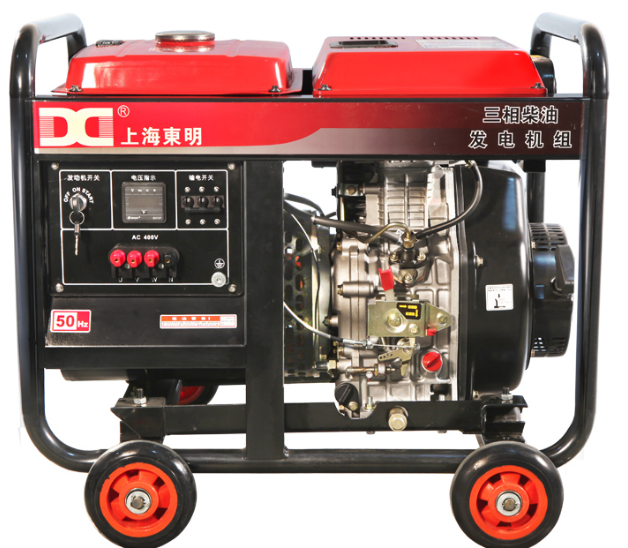
"Power generation + Pumped power Generation"
Compared with the "power generation + pumping" model, the main difference is that the pump is changed into a pumped storage unit, which directly increases the function of pumped storage of the original conventional hydropower station, so as to enhance the regulation capacity of the hydropower station. The setting principle of the lower reservoir is the same as that of the "generation + pumping" mode. In this mode, the original reservoir can be used as the lower reservoir and the upper reservoir can be built in a suitable place. For newly built hydropower stations, pumped storage units of a certain capacity may be installed in addition to certain conventional generating units. If the maximum output of a single hydropower station is assumed to be P1 and the pumped storage power is increased to P2, the power operation interval of the station relative to the power system will be expanded from (0,P1) to (-P2,P1+P2).
Cascade hydropower station recycling
Many rivers in China have adopted the cascade development model to build series of hydropower stations, such as the Jinsha River and Dadu River. For the newly built or already built cascade hydropower station group, in the adjacent two hydropower stations, the above hydropower station reservoir as the upper reservoir, the next level as the lower reservoir, according to the actual terrain to choose the appropriate intake, can be integrated "power generation + pumping" and "power generation + pumping power generation" two modes for development. This model is suitable for the transformation of cascade hydropower stations, and can greatly improve the adjustment capacity and adjustment time period of cascade hydropower stations, and the benefit is remarkable. FIG. 2 is the layout of hydropower station for cascade development of a river in China. The dam site of the upper hydropower station is basically less than 50 kilometers from the intake of the lower hydropower station.
In situ equilibrium
The "local balance" mode refers to the construction of wind power and photovoltaic power generation projects near the hydropower station, and the self-regulation balance combined with the operation of the hydropower station to achieve stable power output in accordance with the scheduling requirements. Considering that major hydropower units operate according to power system scheduling, this model can be applied to run-off power stations and some small hydropower plants that are not suitable for large-scale transformation and are usually not scheduled as conventional peak and frequency regulation functions. It can flexibly control the operation output of hydropower units, tap its short-term adjustment capacity, and achieve local balanced and stable power output. At the same time, improve the utilization of existing transmission line assets.
Water transfer and power peaking complex
The mode of "water transfer and power peaking complex" is based on the construction concept of water transfer pumped storage power station, combined with large-scale cross-basin water transfer and other major water conservancy projects, to build a number of reservoirs and water diversion facilities, and use the water head drop between reservoirs to build a number of pumping stations, conventional hydropower and pumped storage power stations to form a power generation and storage complex. In the process of transferring water from high-altitude water source to low-altitude area, the "water transfer and power peak balancing complex" can make full use of the head drop to obtain power generation income while realizing long-distance water transfer and reducing water transfer cost. At the same time, the "water transfer and power peaking complex" can be used as a large-scale dispatchable load and power supply of the power system to provide regulation services for the system. In addition, the complex can also be combined with seawater desalination projects, etc., to achieve comprehensive applications of water resources development and power system regulation.
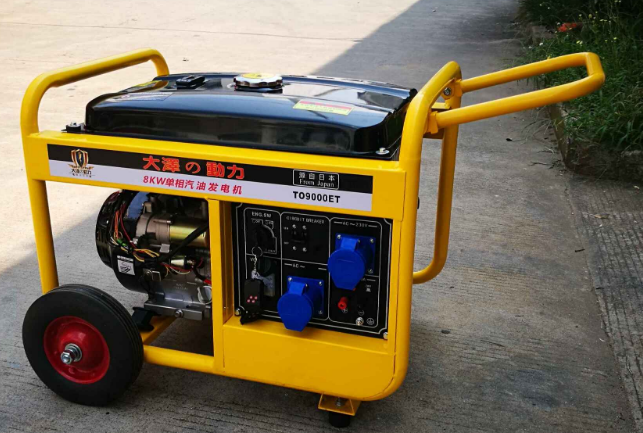
Seawater pumped storage
The seawater pumped storage power station can choose a suitable location in the seaside to build the upper reservoir, and the sea as the lower reservoir. In the case that the site selection of conventional pumped storage power station is increasingly difficult, the relevant departments of the state have paid attention to the seawater pumped storage power station and carried out resource survey and prospective technology research and test. Seawater pumped storage can also be combined with tidal energy, wave energy, offshore wind power and other comprehensive development, the construction of large storage capacity and long regulation period of pumped storage power stations.
In addition to the runoff hydropower station and some small hydropower stations with no storage capacity, most of the hydropower stations with a certain reservoir capacity can be studied and carried out pumped storage function transformation. In new hydropower stations, pumped storage units of a certain capacity can be designed and arranged as a whole. Preliminary estimates, the application of the new development mode, can quickly add high-quality peak load capacity of at least 100 million kilowatts; The use of "water transfer and power peak balancing complex" and seawater pumped storage power generation can also bring extremely considerable high-quality peak balancing capacity, which is of great significance for the construction of new power systems and safe and stable operation, and has huge economic and social benefits.
Proposals for the innovative development of hydropower
First, organize the top-level design of hydropower innovation and development as soon as possible, and issue guidelines to support hydropower innovation and development on the basis of this work. Research has been carried out on major issues such as the guiding ideology, development positioning, basic principles, planning priorities and layout of hydropower innovation and development, and on this basis, development plans have been formulated, development stages and expectations have been clearly defined, and market players have been guided to carry out project development in an orderly manner.
The second is to organize the technical and economic feasibility analysis and demonstration and project demonstration. Combined with the construction of a new power system, organize the investigation of hydropower station resources and the technical and economic analysis of the project, propose the project construction plan, select typical engineering projects to carry out engineering demonstrations, and accumulate experience for large-scale development.
Third, we will support research on key technologies and conduct experimental demonstrations. Through the setting of national science and technology special projects, support the basic and universal technology research, development and demonstration application of key equipment in the field of innovation and development of hydropower generation, including but not limited to seawater pumping and storage pump turbine blade materials, large-scale regional water transfer and power peak balancing complex investigation and design.
Fourth, formulate fiscal taxation, project approval and electricity price policies to promote the innovative development of hydropower generation. Focusing on all aspects of the innovative development of hydropower generation, formulate policies such as financial discount interest, investment subsidies and tax incentives according to local conditions in the early stage of project development, and incorporate them into the scope of green finance support to reduce project financial costs; For pumped storage projects that do not fundamentally change the hydrological characteristics of rivers, simplified approval procedures will be implemented to reduce the period of administrative approval. We will rationalize the capacity pricing mechanism of pumped storage units and the pricing mechanism of pumped power generation to ensure reasonable value return.
- EMERSON
- Honeywell
- CTI
- Rolls-Royce
- General Electric
- Woodward
- Yaskawa
- xYCOM
- Motorola
- Siemens
- Rockwell
- ABB
- B&R
- HIMA
- Construction site
- electricity
- Automobile market
- PLC
- DCS
- Motor drivers
- VSD
- Implications
- cement
- CO2
- CEM
- methane
- Artificial intelligence
- Titanic
- Solar energy
- Hydrogen fuel cell
- Hydrogen and fuel cells
- Hydrogen and oxygen fuel cells
- tyre
- Chemical fiber
- dynamo
- corpuscle
- Pulp and paper
- printing
- fossil
- FANUC
- Food and beverage
- Life science
- Sewage treatment
- Personal care
- electricity
- boats
- infrastructure
- Automobile industry
- metallurgy
- Nuclear power generation
- Geothermal power generation
- Water and wastewater
- Infrastructure construction
- Mine hazard
- steel
- papermaking
- Natural gas industry
- Infrastructure construction
- Power and energy
- Rubber and plastic
- Renewable energy
- pharmacy
- mining
- Plastic industry
- Schneider
- Kongsberg
- NI
- Wind energy
- International petroleum
- International new energy network
- gas
- WATLOW
- ProSoft
- SEW
- wind
- ADVANCED
- Reliance
- YOKOGAWA
- TRICONEX
- FOXBORO
- METSO
- MAN
- Advantest
- ADVANCED
- ALSTOM
- Control Wave
- AB
- AMAT
- STUDER
- KONGSBERG
- MOTOROLA
- DANAHER MOTION
- Bently
- Galil
- EATON
- MOLEX
- Triconex
- DEIF
- B&W
- ZYGO
- Aerotech
- DANFOSS
- KOLLMORGEN
- Beijer
- Endress+Hauser
- MOOG
- KB
- Moxa
- Rexroth
- YAMAHA
- Johnson
- Westinghouse
- WAGO
- TOSHIBA
- TEKTRONIX


Email:wang@kongjiangauto.com

















































































































